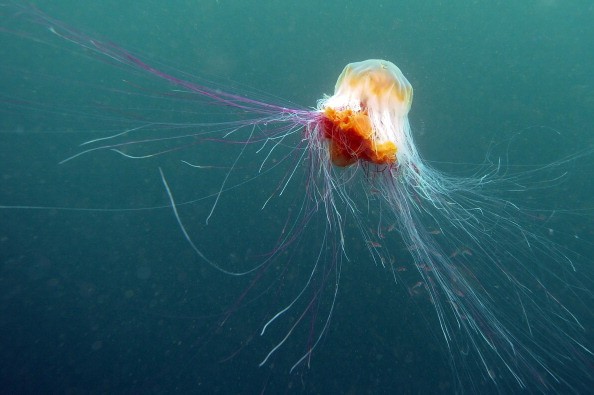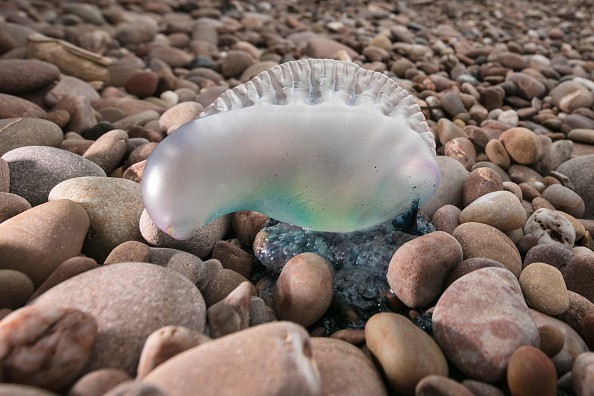Hydra - tiny freshwater organisms look like inverted jellyfish, and their common similarities with four-time Olympic gold medallist Simone Biles is their somersaulting ability, it seems. Hydras are tinier than the width of a human finger but can curve their bodies and flip perfectly over their tentacles!

The Serpent-like Monster
Now, with the joining of biophysical experiments and computational modeling, scientists have discovered that dissimilarities in tissue stiffness through hydra's body length cause the possibility of this unique motion.
Due to the fact that they were named after the serpent-like monster in Greek mythology that regrows two heads whenever each one is cut off, the hydra is recognized for like power of regeneration.
Cut open a hydra and each half will grow back into two new bodies. In addition, they don't show aging, making some biologists label them as 'immortal'. This made an undergraduate student at the Indian Institute of Science Education and Research, Pune, Suyash Naik, study this organism.
Young's Modulus
Suyash said his first aim was to study what physical changes happen across the hydra body when it is regenerating. "While studying this, I discovered that hydra tissue is remarkably stiffer in its head region." This unexpected finding altered the direction of his research towards locomotion.
Suyash weighed the hydra tissue's stiffness by calculating a property of materials known as Young's modulus: a number that determines how much an exact amount of force can stretch something. Rubber bands that are stretchy have decrease Young's moduli while metal rods usually have increase values.
Atomic Force Microscope (AFM)
It's usual to spot experiments in physics labs where this quantity is weighed by suspending weights that are heavy on rods and observing how much they curve. But it is tricky weighing this quantity for the soft tissues of a miniature, delicate organism. The scientists made use of an atomic force microscope (AFM) on hydra for the very first time to achieve this.
With the use of a cantilever, an AFM can weigh material properties down to the scale of individual atoms, which resembles a microscopic diving board, with a needle pointing downwards at one end. The position of the cantilever is changed gently across a sample without destroying it, like a back massager.
Forces coming from individual molecules within the sample bring about the vibration of the cantilever, through which researchers can acquire a 'force terrain' of the sample surface. The strength of these forces can be converted to various material properties, both Young's modulus.
With the use of the AFM, Suyash discovered that Young's modulus at the hydra's head is three times greater than at its base, which is a sharp reduction in stiffness from head to toe.

Explanation of Hydra's Somersaulting Motion
The scientists wondered what the purpose of this stark gradient might be. "We thought of a system of springs, with two parts of distinct stiffness attached like a slinky," Suyash said.
This could give an explanation of hydra's somersaulting motion - where its stiff 'shoulder' saves energy when it curves, before letting out the energy to land.
The scientists used two techniques to prove that the change in stiffness governed the ability of the hydra to somersault. Initially, they disturbed the shoulder tissue's stiffness by manipulating the method that binds cells together, after which the hydra was not able to somersault.
Related Article: Freshwater in Danger: Marine Giants Face Extinction Risks
For more news, updates about hydras and similar topics don't forget to follow Nature World News!
© 2025 NatureWorldNews.com All rights reserved. Do not reproduce without permission.





